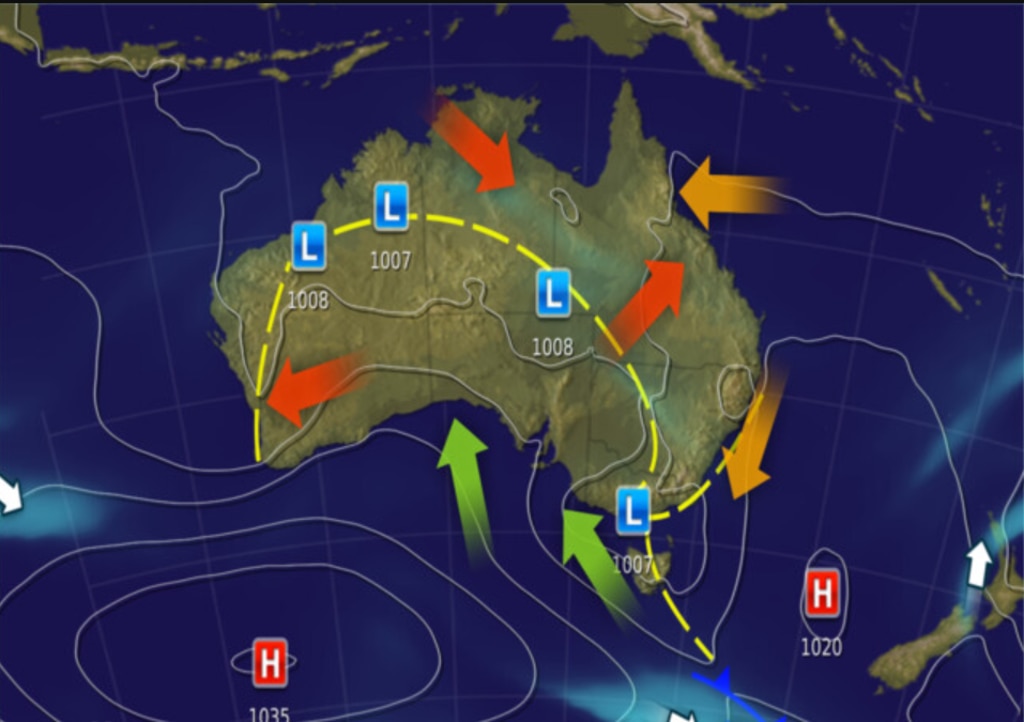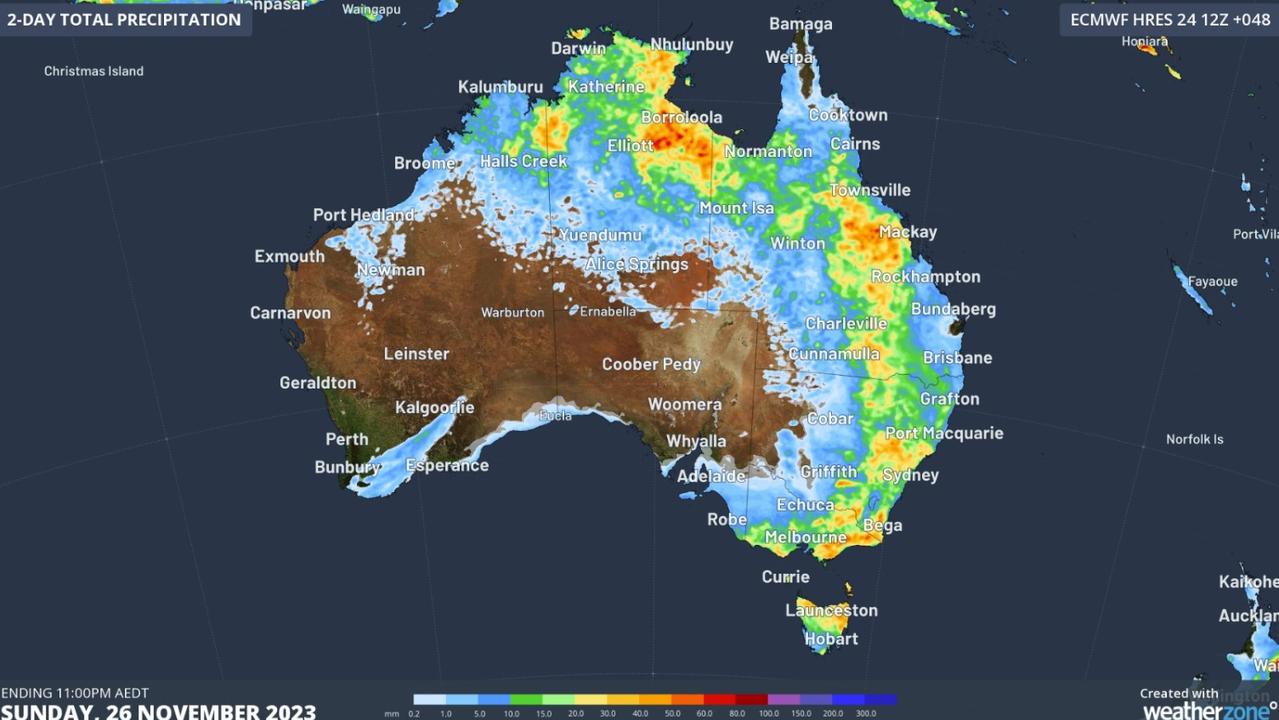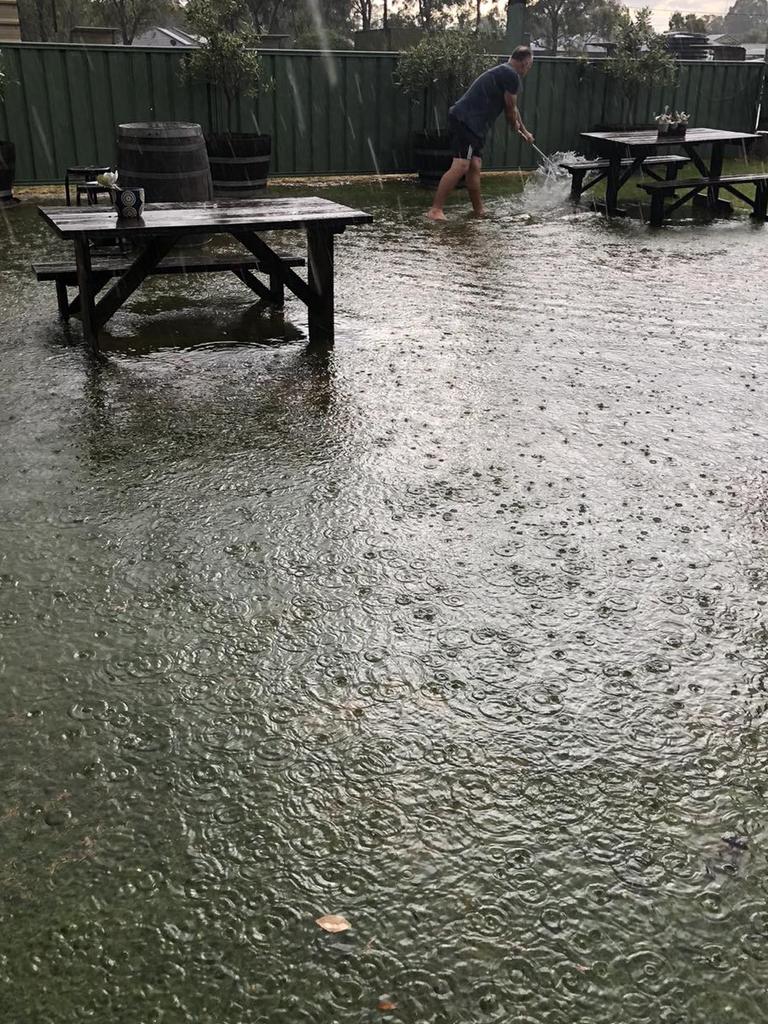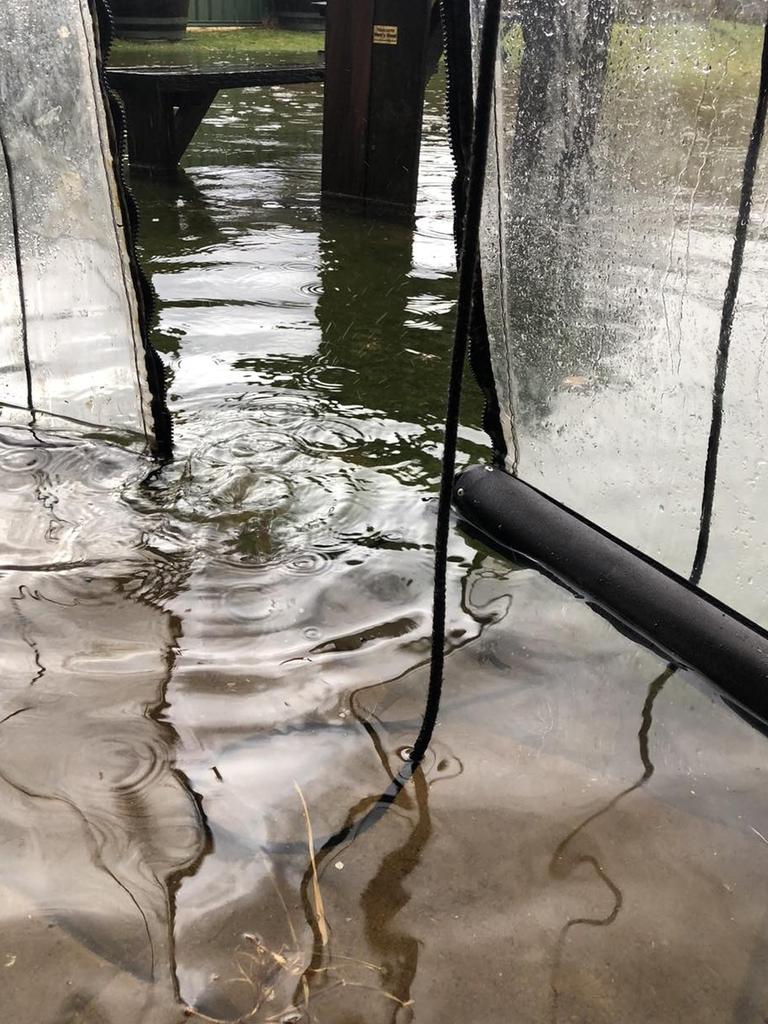Rainfall totals smashed in parts of Vic, SA as BOM warns of possible ‘flash flooding’ from falls of up to 100mm this week
Rainfall totals across swathes of Aussie states have been smashed, with one region breaking a 25-year-old record, as meteorologists warn forecasted deluges could bring flash flooding this week.
Rainfall totals in some parts of the state have been smashed – one breaking a 25-year-old record – as meteorologists warn forecasted deluges over this week could bring flash flooding amid falls of up to 100mm.
Storm events brought on by cold weather disturbances in the upper levels of the atmosphere are forecast to bring more rain and storms early in the week to Victoria, NSW and Queensland.
This is set to be followed by a second similar system that will initially bring some cooler weather and possible rain to Western Australia, before turning into a second rain event for the eastern states later in the week.

It comes after rainfall totals broke records in some parts of the country – with Naracoorte Aerodrome in eastern South Australia, receiving 71.4mm of rainfall in 24 hours.
This amount represents more than double the average monthly rainfall in 24 hours and has not happened in November since 1998, a Weatherzone spokeswoman said.
Nhill Aerodrome in western Victoria recorded 35.8mm of rainfall on Friday, the highest amount in 24 hours in November in the last 20 years.
38.6mm of rain fell on Kanagulk in western Victoria, the highest amount in 24 hours November over the last 19 years, while Dartmoor broke a 2009 record of 32.4mm in the same period of time.

The Bureau of Meteorology (BOM) forecasts a wet weather event will develop over South Australia on Monday night, moving east and bringing large fronts of rain to NSW and Victoria.
BOM senior meteorologist Dean Narramore said the eastern states would receive the largest falls on Wednesday morning.
More Coverage
He said up to 50mm was expected by some areas could receive double that, leading to possible flash flooding.
Perth, which has been besieged by heatwaves and bushfires, will finally start to cool on Monday evening before some possible rain relief until Wednesday.
The rain started to pour across the southeast and northern parts of Australia on Saturday with large rainfall and storms hitting the Northern Territory, Queensland, NSW, Victoria and South Australia.







